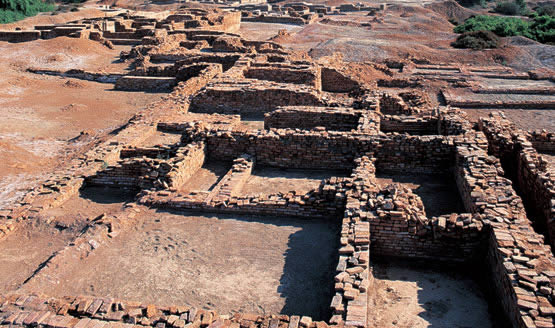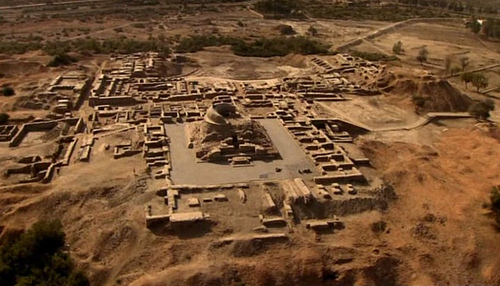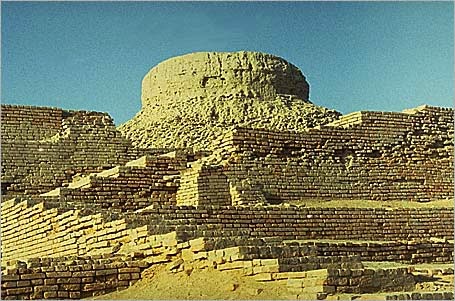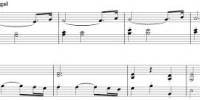Mohenjo-daro was one of the largest city-settlements of the Indus Valley Civilization of south Asia.
It is in province of Sindh, Pakistan. The city was built around 2600 BC. It was one of the early urban settlements in the world. Mohenjo-daro existed at the same time as the civilisations of ancient Egypt, Mesopotamia and Greece. The archaeological ruins of the city are designated a UNESCO World Heritage Site. In Pakistan, it is one of the national icons of the distant past.
About Mohenjo Daro
Etymology
Mohenjo-daro, the modern name for the site, has been variously interpreted as “Mound of the Dead Men” in Sindhi, and as “Mound of Mohan” (where Mohan is Krishna). The city’s original name is unknown. Based on his analysis of a Mohenjo-daro seal, Iravatham Mahadevan speculates that the city’s ancient name could have been Kukkutarma . Cock-fighting may have had ritual and religious significance for the city, with domesticated chickens bred there for sacred purposes, rather than as a food source. Mohenjo-daro may furthermore have been a point of diffusion for the eventual worldwide domestication of chickens.
Location
Mohenjo-daro is located west of the Indus River in Larkana District, Sindh, Pakistan, in a central position between the Indus River and the Ghaggar-Hakra River. It is sited on a Pleistocene ridge in the middle of the flood plain of the Indus River Valley, around 28 kilometres (17 mi) from the town of Larkana. The ridge was prominent during the time of the Indus Valley Civilization, allowing the city to stand above the surrounding flood, but subsequent flooding has since buried most of the ridge in silt deposits. The Indus still flows east of the site, but the Ghaggar-Hakra riverbed on the western side is now dry.
Historical context
Mohenjo-daro was built in the 26th century BCE. It was one of the largest cities of the ancient Indus Valley Civilization, also known as the Harappan Civilization, which developed around 3000 BCE from the prehistoric Indus culture. At its height, the Indus Civilization spanned much of what is now Pakistan and North India, extending westwards to the Iranian border, south to Gujaratin India and northwards to an outpost in Bactria, with major urban centers at Harappa, Mohenjo-daro, Lothal, Kalibangan, Dholaviraand Rakhigarhi. Mohenjo-daro was the most advanced city of its time, with remarkably sophisticated civil engineering and urban planning. When the Indus civilization went into sudden decline around 1900 BCE, Mohenjo-daro was abandoned.
Rediscovery and excavation
The ruins of the city remained undocumented for around 3,700 years until R. D. Banerji, an officer of the Archaeological Survey of India, visited the site in 1919–20, identifying the Buddhist stupa (150–500 CE) known to be there and finding a flint scraper which convinced him of the site’s antiquity. This led to large-scale excavations of Mohenjo-daro led by Kashinath Narayan Dikshit in 1924–25, and John Marshall in 1925–26. In the 1930s, major excavations were conducted at the site under the leadership of Marshall, D. K. Dikshitar and Ernest Mackay. Further excavations were carried out in 1945 by Ahmad Hasan Dani and Mortimer Wheeler. The last major series of excavations were conducted in 1964 and 1965 by Dr. George F. Dales. After 1965 excavations were banned due to weathering damage to the exposed structures, and the only projects allowed at the site since have been salvage excavations, surface surveys, and conservation projects. However, in the 1980s, German and Italian survey groups led by Dr. Michael Jansen and Dr. Maurizio Tosi used less invasive archeological techniques, such as architectural documentation, surface surveys, and localized probing, to gather further information about Mohenjo-daro. A dry core drilling conducted in 2015 by Pakistan’s National Fund for Mohenjo-daro revealed that the site is larger than the unearthed area.



















